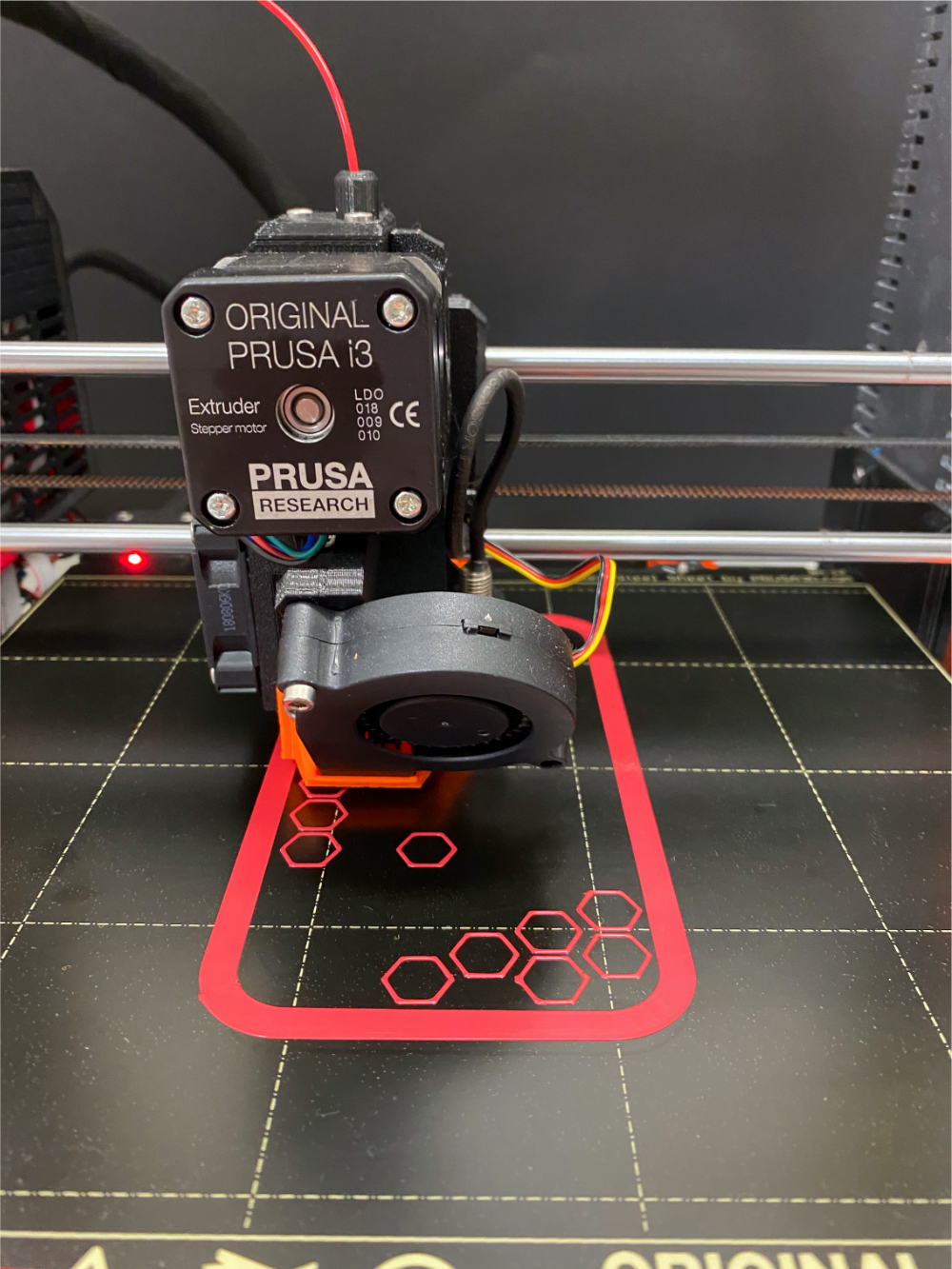
More sustainable recycling of plastics
Chemists at the University of Konstanz have developed a method for more sustainable recycling of polyethylene-like plastics
Plastics belong to the most widely used materials, and they are vital components of all modern technologies. So far, it has been possible to recycle these valuable materials only to a limited extent. In order to offer novel solutions, chemists of Professor Stefan Mecking’s group at the University of Konstanz developed a more sustainable method for chemically recycling polyethylene-like plastics. The researchers use “breaking-points” on a molecular level to disassemble the plastic back to its molecular components. The new method works without extremely high temperatures, is therefore more energy-efficient and has a significantly higher recovery rate (approx. 96 per cent of the starting material) than established processes. These findings has been published on 17 February 2021 in the scientific journal Nature.
Mechanical recycling vs. chemical recycling
“The direct re-utilization of plastics is often hampered by the fact that, in practice, mechanical recycling only functions to a limited degree – because the plastics are contaminated and mixed with additives, which impairs the properties of the recycled materials”, Stefan Mecking explains. “Chemical recycling” is an alternative: Via a chemical process, used plastic is broken down into its molecular building blocks, which can then be converted into new plastic.
Limitations of chemical recycling of polyethylene
Specifically in the case of polyethylene – the most widely used plastic – chemical recycling is difficult. On a molecular level, plastics are made up of long molecular chains. “Polymer chains of polyethylene are very stable and not easily reversed back into small molecules”, Stefan Mecking explains. Temperatures exceeding 600° Celsius are required, making the procedure energy-consuming. At the same time, the recovery rate is limited (in some cases less than ten per cent of the starting material).
How chemical recycling of polyethylene can be made more sustainable
Stefan Mecking and his team report on a method that makes a more energy-efficient chemical recycling of polyethylene-like plastics possible, coupled with a very high recovery rate of around 96 per cent of the starting materials. To do so, the chemists used “breaking-points” on a molecular level enabling a deconstruction of the chain into smaller molecular building blocks. “Key for our method are polymers with a low density of predetermined breaking-points in the polyethylene chain, so that the crystalline structure and material properties are not compromised”, Stefan Mecking explains and adds: “This type of materials is also very suitable for 3D printing.”
Stefan Mecking’s research team demonstrated this chemical recycling on polyethylene-like plastics based on plant oil. The recycling stage requires temperatures of only about 120 degrees. Furthermore, the chemists also performed this recycling method on mixed plastics as they occur in waste streams. The properties of the recycled materials are on a par with those of the starting material. “Recyclability is an important aspect for future technologies based on plastics. Re-utilizing such valuable materials as efficiently as possible makes sense. With our research we want to contribute to making chemical recycling of plastics more sustainable and effective“, Stefan Mecking resumes.
Key facts:
- Original publication: Manuel Häußler, Marcel Eck, Dario Rothauer & Stefan Mecking: Closed-Loop Recycling of Polyethylene-Like Materials. Soc., 2021 doi: 10.1038/s41586-020-03149-9.
- Chemists at the University of Konstanz led by Professor Stefan Mecking develop new, more sustainable method for chemical recycling of polyethylene-like plastics
- “Breaking-points” on a molecular level are used to deconstruct polyethylene molecular chains and disassemble them into molecular building blocks.
- With the new chemical recycling method, around 96 percent of the starting material can be recovered. Only temperatures of about 120 degrees are required. Consequently, this method is more energy-efficient than other established methods.
- The research was funded by the European Research Council (ERC Advanced Grant)


